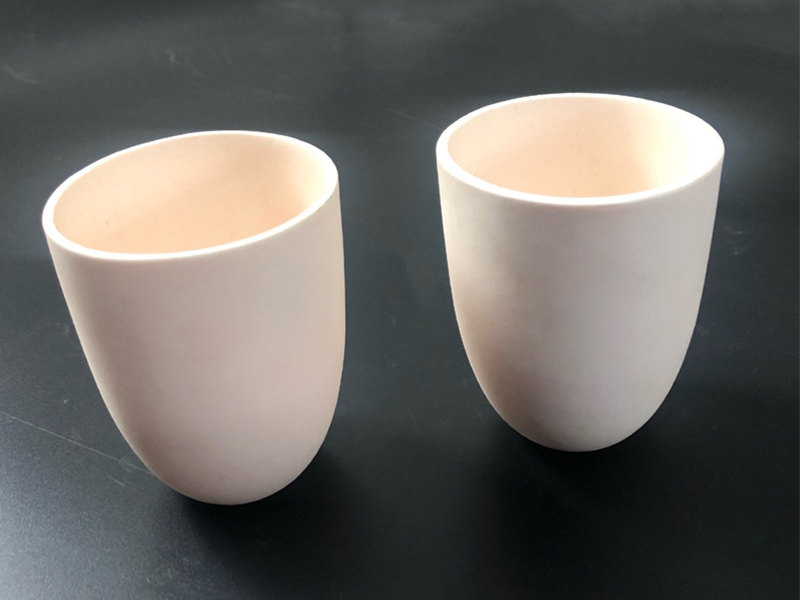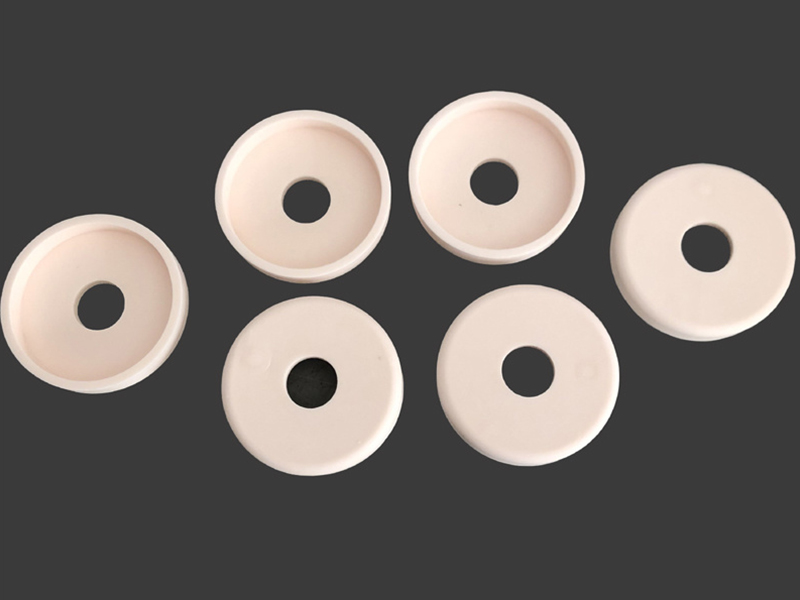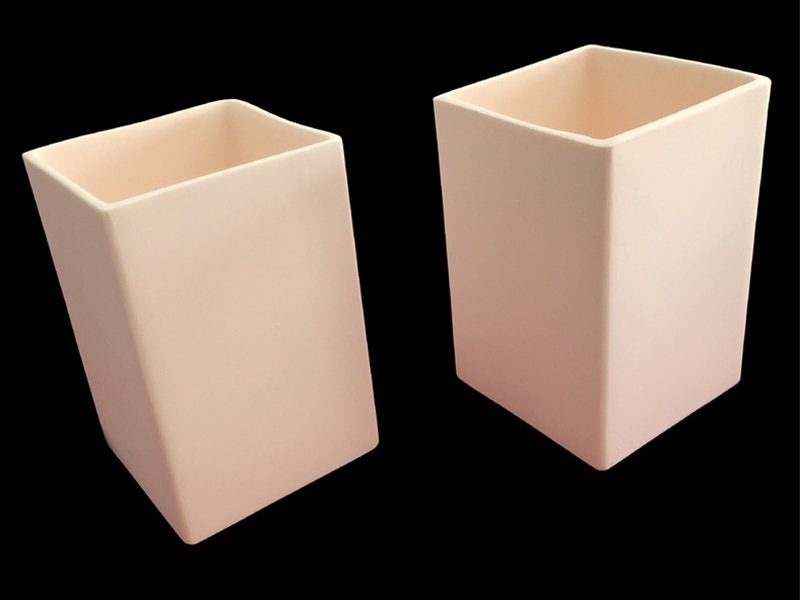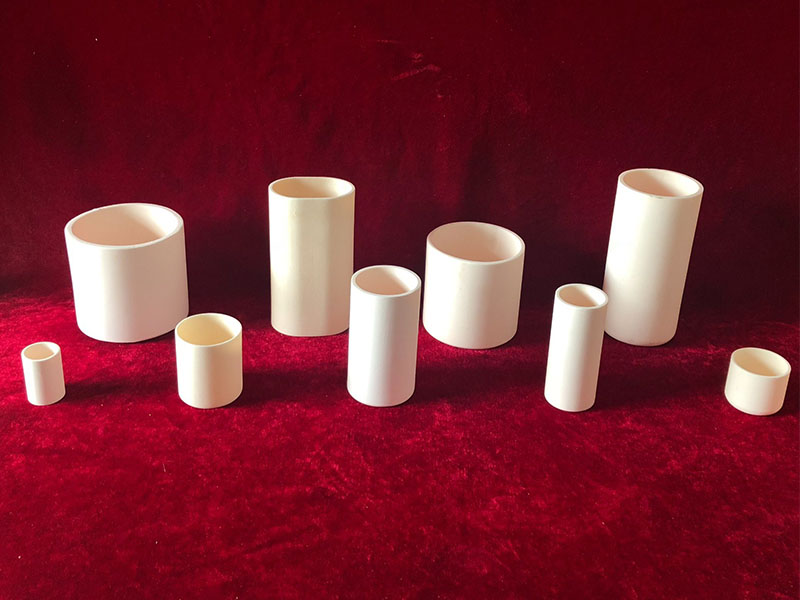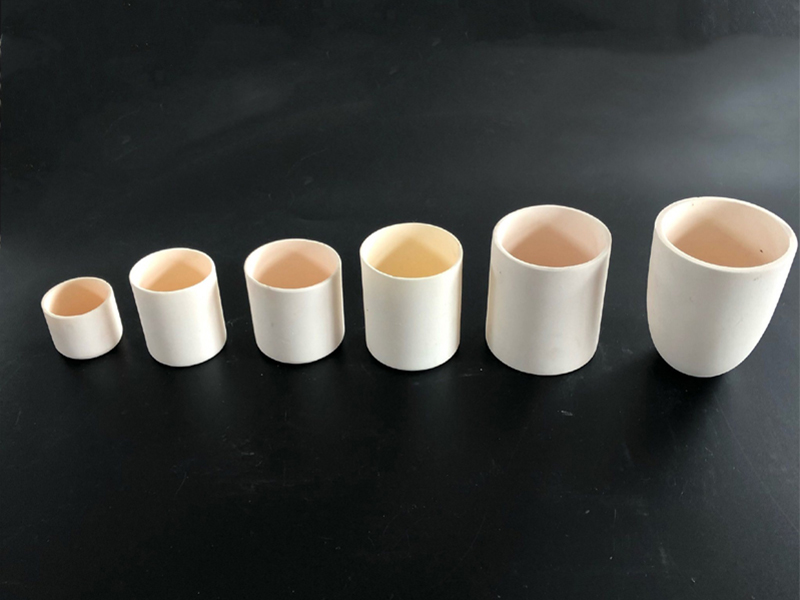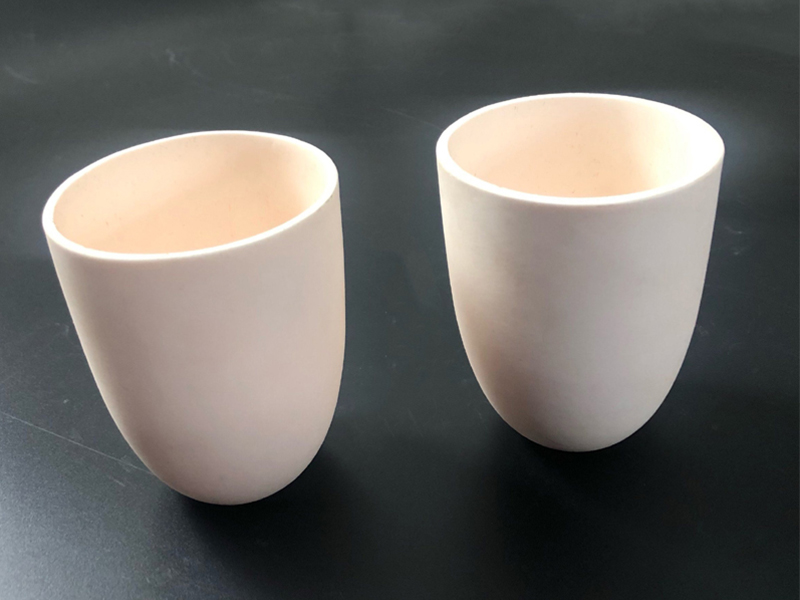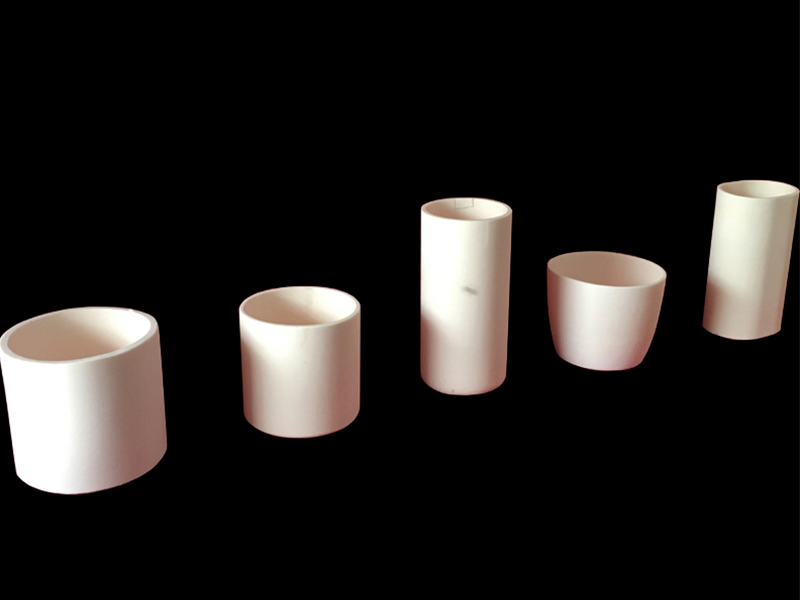1. Aluminium oxide crucible is also called corundum crucible.
2. Aluminium oxide crucible shape is mainly cylindrical, conical, square, etc.
3. Aluminium oxide crucible has good chemical resistance and temperature resistance, and can be used for a long time. At 1650°C, it can also be used at temperatures up to 1800°C. But only for short-term use.
4. The aluminium oxide crucible has good resistance to rapid heat and cooling and is not easy to burst.
5. The aluminium oxide crucible is formed by slip casting, the density is high.
6. Aluminium oxide Crucible has good high temperature insulation and mechanical strength in oxidizing and reducing atmosphere.
Send Email
More
Menu
- Home
- Products
- Alumina Ceramic Tube
- Alumina Ceramic Crucible
- Alumina Rectangular Trays
- Alumina Ceramic Rods
- Alumina Ceramic Plate
- Alumina Ceramic Beads
- Alumina Ceramic Parts
- News
- Company News
- Case
- Factory Show
- Factory Scale
- New factory construction
- Contact Us
- About Us
- Company Style
- Certificate
- Exhibition
- FAQ
- Service
- Delivery
- Responsibility
Search


